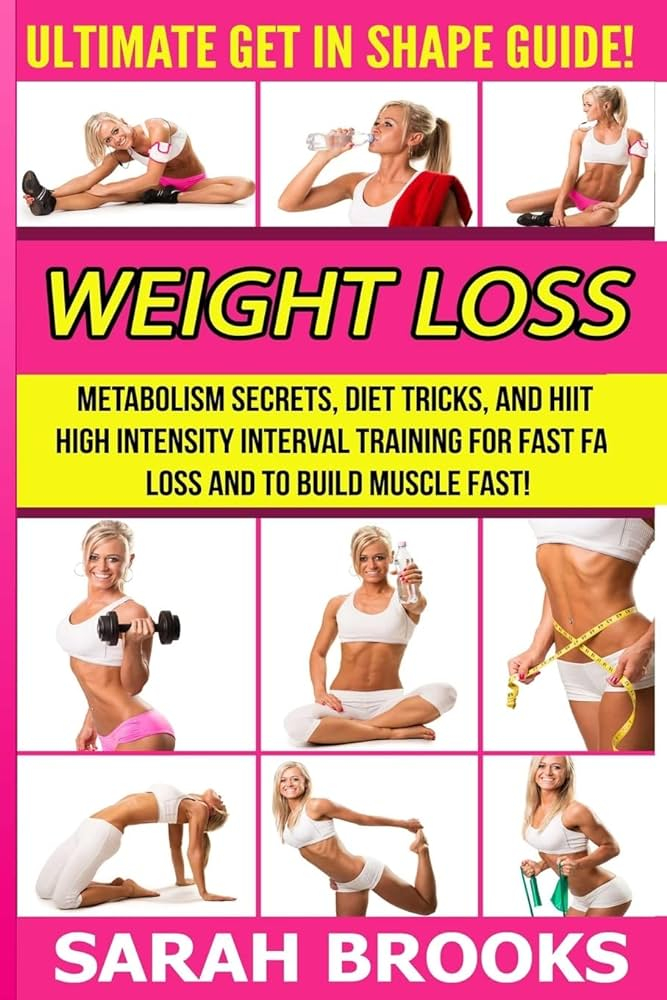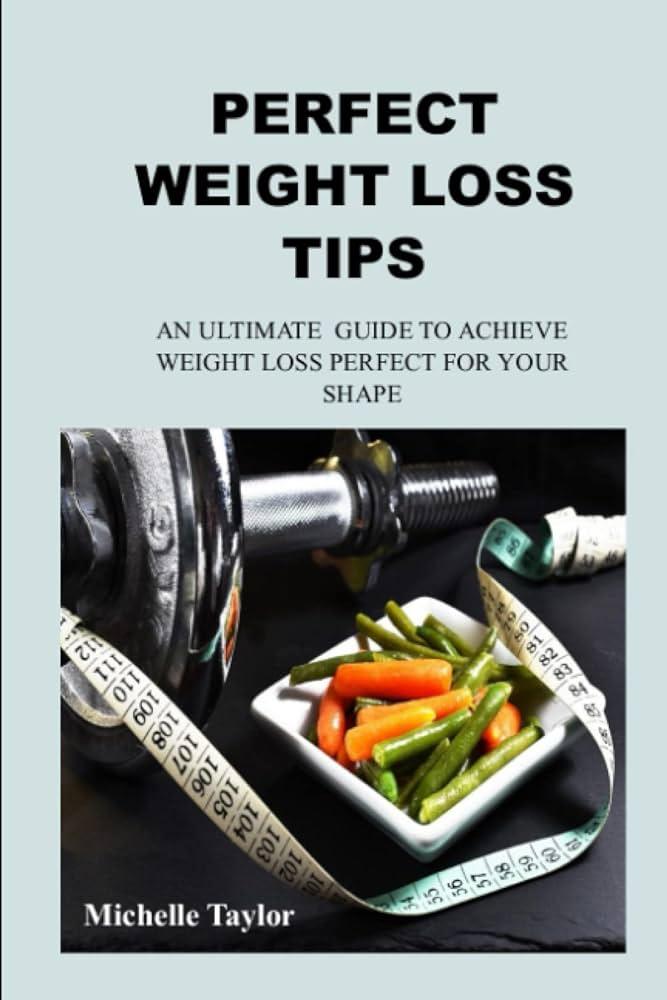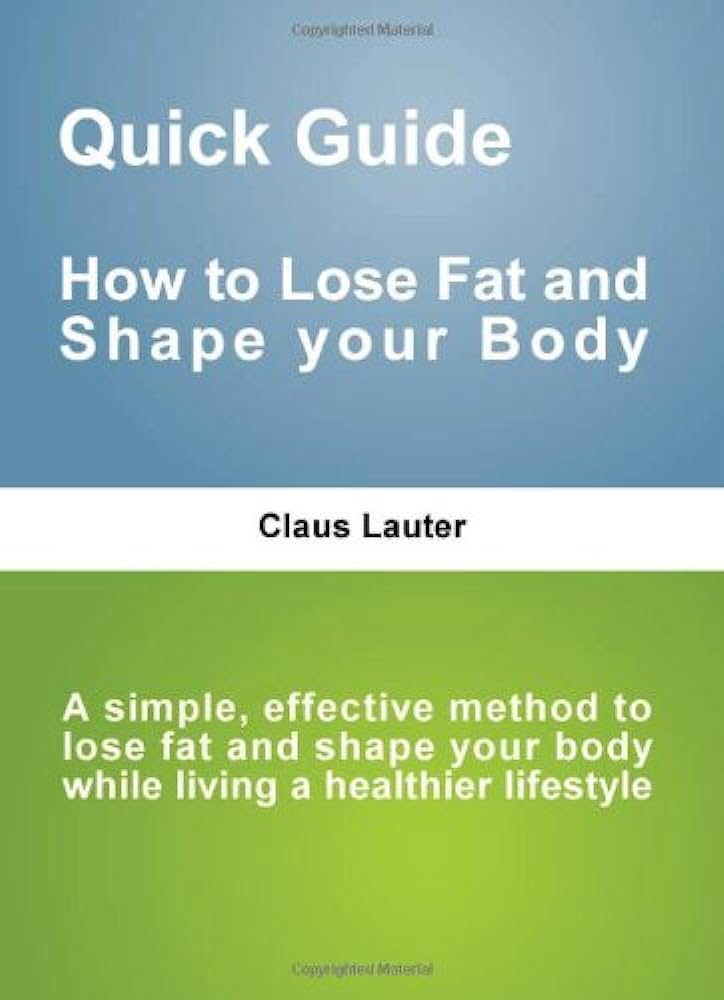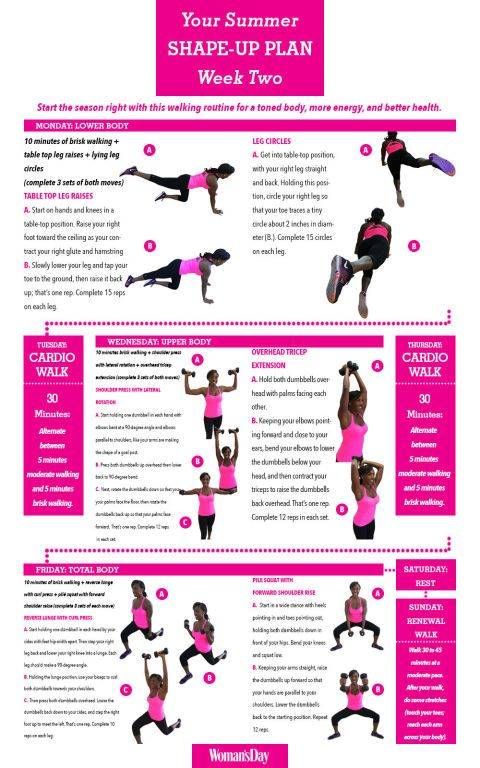Quick Guide to In Shape Weight Loss
Struggling to shed some pounds? You should check out the “Quick Guide to In Shape Weight Loss”. This article provides clear, concise information to fast-track your weight loss journey and get you in shape in no time. The tips and tricks offered in this guide will not only help you lose weight but also maintain a fitness level that suits your lifestyle. Trust us, with this guide in your hands, your transformation is just around the corner.

Understanding the Basics of Weight Loss
Weight loss can at times seem like a complex puzzle. But in reality, understanding how your body works can simplify the process significantly. Knowing the basic science of how energy is used in your body, and how this affects weight loss or gain, is the key to managing your weight effectively. And it all begins with understanding terms like calorie deficit and basal metabolic rate.
The science behind weight loss
Weight loss, at the most basic level, is about expending more energy than you consume. Your body takes in energy in the form of food and drink, and uses this energy to perform all of the functions required to keep you alive and active. Whatever energy you don’t use gets stored for later, primarily in the form of fat. If you consistently consume more energy than you use, you’re likely to gain weight. If you consume less than you use, you’ll lose weight.
The importance of a calorie deficit
This brings us to the concept of a calorie deficit. A calorie is a unit of energy, and when we talk about a ‘calorie deficit’, we’re talking about consuming fewer calories than your body uses in a day. A calorie deficit is crucial for weight loss, as it forces your body to dip into its stored energy (or fat) to make up the shortfall.
Understanding your basal metabolic rate
Your Basal Metabolic Rate (BMR) is the number of calories your body needs to carry out basic functions while at rest, like breathing, circulating blood and regulating body temperature. If you know your BMR, you can calculate how many calories you need to consume (or not consume) to create a calorie deficit.
Dietary Strategies for Quick Weight Loss
What you eat is as important as how much you eat. Different foods impact your body in differing ways – they can influence your hormones, your appetite and your metabolic rate. Understanding distinctions such as the difference between complex and simple carbohydrates and the role of protein can guide your choices for healthier eating and effective weight loss.
The role of protein in weight loss
Protein is a crucial nutrient for weight loss. It can curb your appetite, reduce cravings, and help you feel full. Additionally, protein helps boost your metabolic rate, precisely because it requires energy to digest – a phenomenon called the thermic effect of food.
Understanding complex vs. simple carbohydrates
Not all carbs are equal. Simple carbs, like those in sugary drinks and white bread, are digested quickly and can spike your blood sugar and insulin levels. On the other hand, complex carbs, found in whole grains, legumes and vegetables, are digested slowly and keep you feeling full for longer.
The importance of healthy fats
Contrary to popular belief, fats are not the enemy. It’s the type of fat that matters. Unsaturated fats found in nuts, avocados and fish can help lower bad cholesterol levels and provide necessary nutrients. However, saturated and trans fats found in fried foods and baked goods contribute to weight gain and increase heart disease risk.
Hydration and weight loss
Staying hydrated is simple but often overlooked. Water boosts metabolism, cleanses your body of waste, and acts as an appetite suppressant. Drinking enough water, especially before meals, can assist weight loss as well.
Effective Exercises for Weight Loss
Exercise plays a critical role in weight loss, not just by burning calories, but also by improving your metabolic health and muscular conditioning, boosting your mood, and reducing your risk of chronic disease. Whether you prefer cardiovascular exercises, strength training, or high-intensity interval training, consistency is the key to seeing results.
Cardiovascular exercises
Cardiovascular exercises help improve heart health, burn calories and increase your overall endurance. These can include running, brisk walking, swimming, or cycling, and are great ways to get your heart rate up and burn calories.
Strength training and muscular conditioning
Strength training, such as lifting weights or bodyweight exercises, is crucial in preserving muscle mass. It also speeds up your metabolism because muscles burn more calories than fat.
The benefits of High-Intensity Interval Training (HIIT)
HIIT routines involve short, intense bursts of exercise followed by recovery periods. This mode of training is known to burn a lot of calories in a short time, boost metabolism and improve heart health.
Understanding how to prevent injury
Regardless of the type of exercise, it’s vital to learn proper techniques to reduce injury risk. This includes warming up before exercises, cooling down afterward, and using equipment properly. Be patient with yourself, start with lighter loads or slower speeds and progressively increase the intensity.
Importance of Rest and Recovery
Rest and recovery are essential components of a well-rounded weight loss plan. Quality sleep, active recovery days, and stress management not only assist in recuperation but also bolster your weight loss efforts.
The role of sleep in weight loss
Quality sleep is often underrated in its impact on weight loss. Lack of sleep can lead to increased hunger and cravings, hormonal imbalances and reduced motivation to exercise.
Active recovery days
Active recovery refers to low-intensity exercises performed after more challenging workouts. These activities help decrease muscle soreness, improve flexibility and keep you active without overexerting your body.
Understanding the role of stress in weight loss
Chronic stress can be a roadblock to weight loss. Stress triggers the release of cortisol, a hormone that can promote overeating and weight gain. Seek ways to manage stress such as yoga, meditation or other relaxing activities.

Monitoring Progress and Setting Goals
Setting SMART (Specific, Measurable, Attainable, Relevant, Time-bound) goals can help you stay on track and give you a gauge for your progress.
Setting SMART weight loss goals
SMART weight loss goals are detailed, realistic targets set within a specific timeframe. For example, instead of aiming to ‘lose weight,’ a SMART goal would be ‘Lose 10 pounds in 2 months by exercising for 30 minutes five days per week and by preparing home-cooked meals.’
Monitoring weight vs. body composition change
Don’t get overly focused on the number on the scale. Your body composition, which refers to your proportion of fat to lean mass, is a more accurate marker of progress.
Non-scale victories
Non-scale victories are progress markers independent of weight, such as improved fitness levels, reduced clothing size, better sleep quality, improved blood work, enhanced mood and more. Celebrate these achievements!
Overcoming Plateaus and Encountering Challenges
Weight loss is not a linear journey. You may encounter plateaus, setbacks and challenges along the way, but don’t lose hope. Understanding how to navigate these roadblocks is key to sustainable weight loss.
Understanding weight loss plateaus
A weight loss plateau occurs when your weight loss slows down or stops for a while. It can be frustrating, but it’s normal. Your body adapts to weight loss and burns fewer calories as you become lighter.
Strategies for overcoming challenges
Try changing up your routine, increasing your physical activity slightly, reevaluating your calorie intake, or increasing the protein in your diet to overcome plateaus. If you encounter other setbacks, remember they’re only temporary.
Dealing with weight regain
Weight regain can happen, especially if you return to your old eating habits and sedentary lifestyle after losing weight. It’s crucial to understand that sustained weight loss requires long-term lifestyle changes.

The Role of Support and Accountability
Having a supportive network can be truly beneficial in your weight loss journey. Whether this is a workout buddy, a weight loss group or simply a friend or family member who’s rooting for you, this external motivation can be a fantastic driving force.
Enlisting a workout partner or personal trainer
A workout partner or a personal trainer can offer encouragement, keep you accountable, and make exercise more enjoyable. In addition, a personal trainer can ensure you’re performing exercises accurately and safely.
Joining a weight loss group or online community
A weight loss group or online community can give you a platform to share your journey, successes, challenges, and receive constructive feedback and support.
Using motivational techniques to stay on track
A diverse range of motivation techniques can be employed, like goal setting, tracking your progress, rewarding your successes, and even visualizing your success.
Nutritional Supplements for Weight Loss
While supplements can assist your weight loss journey, they are only effective when combined with a balanced diet and regular exercise. It’s essential to understand their purpose, effectiveness, and potential safety considerations.
Understanding the purpose of supplements
Supplements are intended to fill nutritional gaps, increase your metabolism, reduce appetite or increase fat burning.
Popular weight loss supplements and their effectiveness
Several weight loss supplements are available on the market, such as caffeine, green tea extract, and fiber supplements. Always research or speak with a health professional about their safety and effectiveness before beginning any supplementation regimen.
Safety considerations for supplements
Not all supplements are safe or effective. Some can have side effects and can interfere with certain medications or medical conditions. Always consult a healthcare provider before starting any supplement regimen.

Long-term Strategies for Maintaining Weight Loss
Remember, there’s no magic pill or diet for sustainable weight loss. It’s about consistent, long-term lifestyle adjustments, a positive mindset, and a sustainable exercise routine.
The importance of lifestyle changes
Small, sustainable changes can make a big difference. Consider establishing regular exercise habits, healthier food choices, and stress management skills for weight maintenance.
Keeping a positive mindset and overcoming setbacks
A positive mindset can affect your motivation levels, your choices, and ultimately, your results. Embrace bumps along the journey and use them as stepping stones, not obstacles.
Creating a sustainable exercise routine
Choose types of exercise that you enjoy and can stick with. Consistency is far more crucial than intensity in the long run.
Potential Health Concerns with Rapid Weight Loss
While it’s tempting to aim for rapid weight loss, it’s essential to be aware of the associated health risks, which include nutrient deficiencies, muscle loss, and changes in your metabolism.
Understanding the risks of rapid weight loss
Rapid weight loss can lead to health problems such as gallstones, dehydration, and malnutrition. It might also lead to a slower metabolism and loss of muscle mass, which can lead to weight regaining.
The effects on metabolism and muscle mass
Your body is designed to protect you from starvation. When you lose weight too rapidly, your body can go into starvation mode, slowing your metabolism to conserve energy, which can make it harder for you to lose weight.
Preventing nutrient deficiencies
When you lose weight rapidly, you risk not getting enough nutrients necessary for health and wellbeing. Make sure your diet is balanced and nutritious, and consult a healthcare professional about supplementing if necessary.
In sum, the journey to weight loss is one that requires commitment, patience and knowledge. Know the science, create a plan that you can stick to, build a support system, and most importantly, be kind to yourself and your body. This is not about perfection but progress. Here’s to a healthier, happier you!


